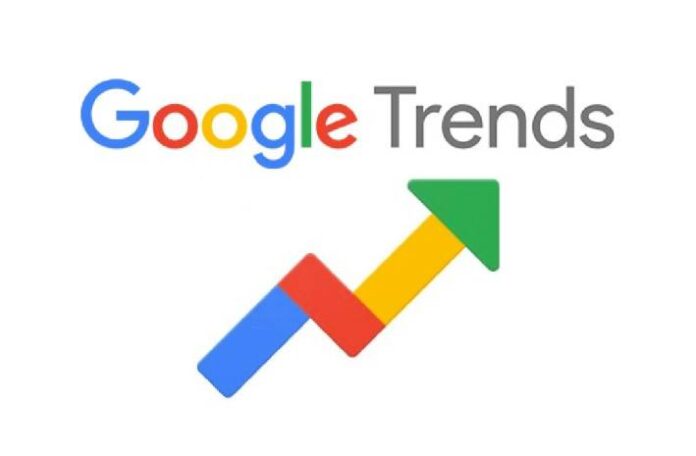In the heart of a bustling café, two marketers sat across from each other, sipping their lattes. One was brainstorming a new campaign, while the other, intrigued, opened up Google Trends. As they scrolled through the data, they mesmerized. A sudden spike in searches for “sustainable fashion” hinted at an opportunity just waiting to seized. Little did they know, Google Search Trends would not only guide their marketing strategies but also become a compass for understanding consumer behavior in real time.
What is Google Trends?
Google Trends is a powerful tool that provides insights into the popularity of search queries over time. By analyzing trends in user search behavior, it allows businesses, researchers, and marketers to identify emerging topics, monitor interest, and even forecast future trends.
The Importance of Google Trends
With over 3.5 billion searches conducted daily on Google. Understanding what people interested in can be a game-changer for businesses. According to a report by Statista, the volume of online searches expected to reach 3.1 trillion in 2023 alone. By tapping into this vast ocean of data, organizations can tailor their content and marketing strategies to align with consumer interests.
How to Use Google Trends Effectively
- Identifying Popular Topics: By entering keywords, users can see how interest has changed over time, allowing them to capitalize on trending topics. For example, searches for “remote work” surged 1,000% during the early months of the COVID-19 pandemic, highlighting a significant shift in work culture (Source: Google Trends).
- Comparing Keywords: Google Trends allows users to compare the popularity of multiple keywords. This feature can help marketers choose the most relevant terms for their SEO strategies. For instance, in 2022, searches for “vegan recipes” outpaced “vegetarian recipes” by a margin of 150%, illustrating a clear consumer preference (Source: Google Trends).
- Geographic Insights: The tool can provide regional data, showing where specific topics are gaining traction. This is invaluable for localized marketing strategies. For instance, a spike in searches for “beach vacations” in summer months. It indicates that travel agencies can tailor their promotions accordingly.
- Seasonal Trends: Understanding seasonal fluctuations is crucial. For example, holiday-related searches peak in November and December, providing a window for retailers to ramp up their marketing efforts. According to Google Trends, searches for “Black Friday deals” increase by over 200% in the weeks leading up to the event.
Case Study: A Real-World Application
Consider a small online clothing retailer that used Google Trends to adjust their product line. By analyzing trends in searches for “athleisure” versus “formal wear,”. They discovered a notable increase in interest for athleisure, particularly among young adults. Armed with this knowledge, they pivoted their marketing strategy to focus on casual wear, leading to a 30% increase in sales within three months (Source: Business Insider).
Conclusion: The Future of Search Insights
As the digital landscape evolves, Google Trends remains a vital tool for anyone looking to understand consumer behavior and market dynamics. With the ability to track changes in search patterns, businesses can stay ahead of the curve and make informed decisions.
For marketers, researchers, and entrepreneurs alike, embracing the insights provided by Google Trends is not just advantageous. It’s essential for thriving in today’s fast-paced digital world. By harnessing the power of this tool. You can turn data into actionable strategies, ensuring your brand remains relevant and responsive to the ever-changing interests of consumers.
